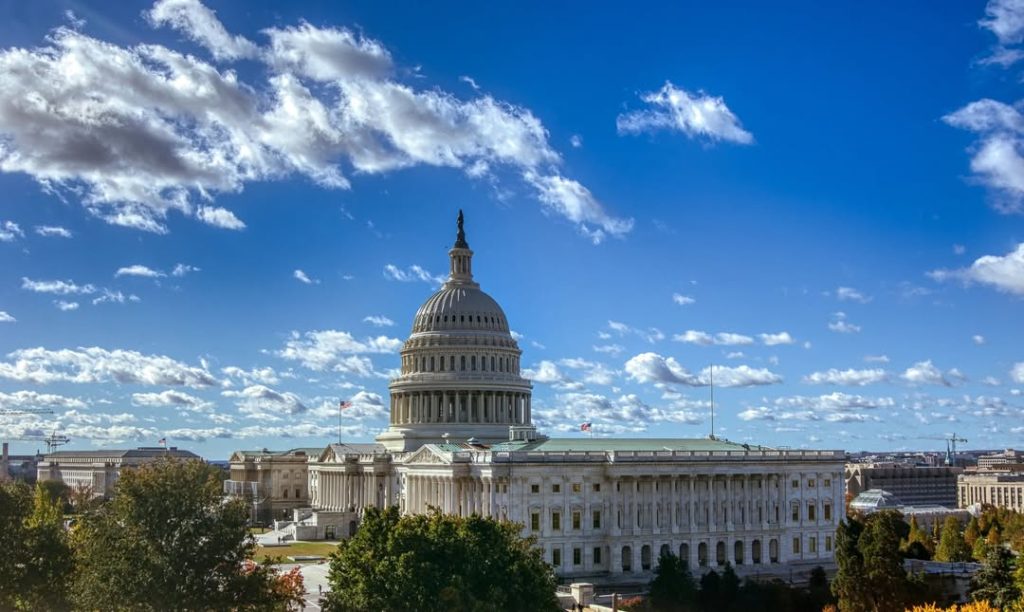Can Congress Overrule a National Emergency?
When a president declares a national emergency, most people assume it’s a done deal - case closed. But there’s a little-known process in Congress that can challenge that power.
That’s where House Resolution 462, introduced on June 3, 2025, comes in.
This resolution doesn’t make headlines, but it plays a crucial behind-the-scenes role. It clears the way for lawmakers to formally review and respond to a recent emergency declaration made by the president on April 2, 2025.
And for both lawyers and everyday citizens who care about the balance of power, it’s worth a closer look.
What This Means for Power and Accountability
The President can declare a national emergency and unlock sweeping powers, but those powers aren’t unlimited. Under the National Emergencies Act, Congress can step in and say, “Not so fast.”
That’s exactly what House Joint Resolution 91 (H.J. Res. 91) is designed to do: reconsider and possibly end the emergency status granted in April.
But before lawmakers can even debate that joint resolution, they need a set of ground rules for how the discussion will unfold. That’s the entire purpose of H.Res. 462, it sets the stage for how Congress handles this challenge.
What’s in the Resolution?
Think of H.Res. 462 as the House’s instruction manual for how to handle H.J. Res. 91. Here’s what it spells out:
-
No delays: The House must move quickly. As soon as the resolution is adopted, debate on H.J. Res. 91 begins.
-
Skip the red tape: Lawmakers agree ahead of time to waive the usual procedural hurdles. This allows for a cleaner, faster debate.
-
One-hour window: Debate is capped at one hour. That time is split evenly between the top Democrat and Republican on the House Foreign Affairs Committee (or whoever they delegate it to).
-
Last chance amendment: There’s one opportunity for a “motion to recommit,” which lets lawmakers send the resolution back for changes before a final vote.
-
Quick update to the Senate: If the House passes H.J. Res. 91, the Clerk has just one week to alert the Senate and keep things moving.
What This Means for Constitutional Lawyers
This resolution is a textbook example of how legislative procedures keep presidential power in check.
For lawyers, especially those working in constitutional, administrative, or government law, it’s a great reminder that how something is debated can be just as important as what’s being debated.
It also signals to legal observers that Congress isn’t always passive when it comes to executive authority.
In moments of national tension or political uncertainty, resolutions like this one become tools for restoring balance.
What It Means for the Rest of Us
Even for those outside the legal field, House Resolution 462 offers a clear example of how the U.S. system of government is designed not to concentrate power in a single office, but to distribute authority through a framework of laws, procedures, and institutional oversight.
Major decisions, particularly those involving declarations of national emergency, are meant to be subject to thoughtful legislative review and oversight.
While H.Res. 462 may lack the public drama of a contentious floor debate or headline-grabbing press event, its significance lies in the procedural authority it represents.
These kinds of resolutions are essential components of democratic governance, quiet but impactful instruments that ensure accountability in times of heightened executive action.
It may not dominate the news cycle, but House Resolution 462 is part of a broader constitutional dialogue about how power is checked, balanced, and when necessary challenged.
Whether you're a practicing attorney or simply an engaged citizen, understanding these mechanisms is key to grasping how our democracy responds in moments of crisis.
Understanding the Broader Landscape
-
Congressional Review Periods: Under the National Emergencies Act, Congress is required to meet every six months to consider whether a national emergency should continue. However, in practice, this review is often bypassed unless a specific resolution like H.J. Res. 91 is introduced.
-
Presidential Emergency Powers: A declaration of national emergency grants access to over 120 statutory powers, including the ability to freeze assets, redirect military construction funds, and regulate communications or transportation. The scope varies depending on the cited statutes.
-
Judicial Challenges: Courts have traditionally been hesitant to override a presidential emergency declaration unless there’s a clear violation of law or constitutional rights. As a result, congressional action often becomes the primary check on executive emergency authority.
-
Previous Emergency Terminations: One notable example is the 2019 congressional attempt to terminate President Trump’s border emergency declaration. Though passed by both chambers, it was ultimately vetoed, highlighting the challenges of reversing executive decisions even with majority opposition.
-
Public Transparency Tools: The Federal Register maintains a public list of active national emergencies and the legal authorities they invoke, allowing both legal professionals and citizens to track ongoing declarations and related actions.
More Articles from Lawyer Monthly
-
Trump’s $45M Parade Sparks “No Kings Day” Protests – Legal Fallout Explained
-
Fortrea Faces Class Action Lawsuit Over Financial Disclosures
-
Gov. Greg Abbott Pushes for Ban on Non-Citizen Voting in Texas





















